Pets often have a curious nature that leads them to explore various foods in our homes. However, many common foods we enjoy can be surprisingly toxic to our furry friends. It’s essential to be aware of these dangers to keep our pets safe and healthy.
Chocolate

Chocolate contains theobromine and caffeine, which are toxic to dogs and cats. The darker the chocolate, the higher the theobromine content. Ingesting chocolate can lead to vomiting, diarrhea, rapid breathing, increased heart rate, and even seizures in severe cases.
Grapes and Raisins

Even a small amount of grapes or raisins can cause severe kidney damage in dogs. Symptoms include vomiting, diarrhea, lethargy, and abdominal pain. The exact toxic substance in grapes and raisins is still unknown, making it crucial to keep these fruits away from pets.
Onions and Garlic
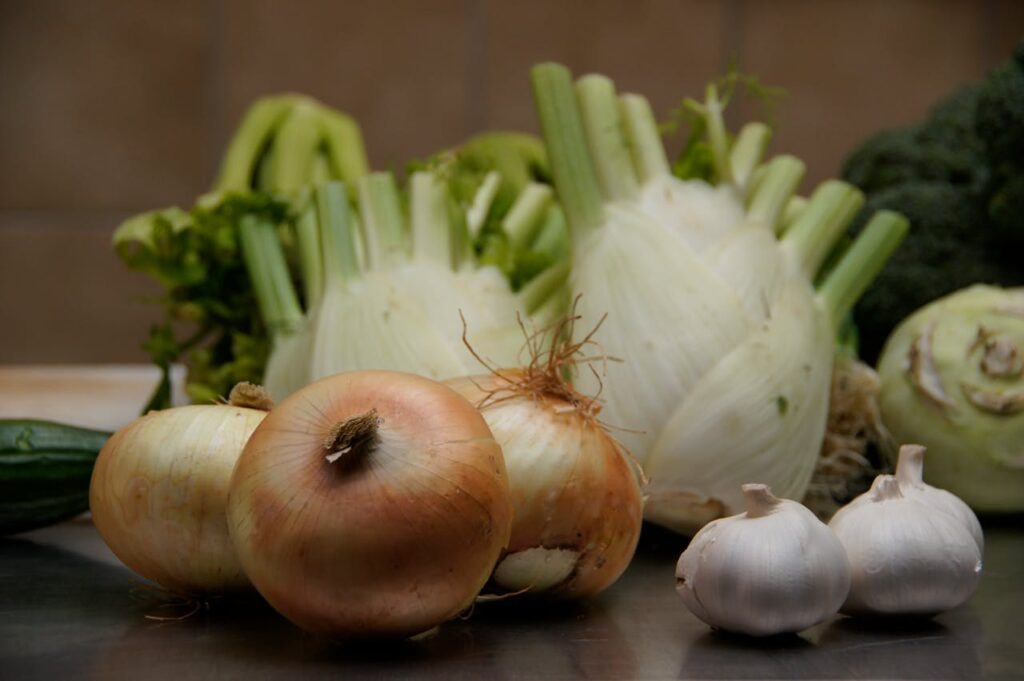
Onions and garlic, whether raw, cooked, or powdered, contain compounds that can damage red blood cells in pets, leading to anemia. Symptoms may include weakness, vomiting, breathlessness, and a reddish tint in urine. Cats are particularly sensitive to these foods.
Avocado
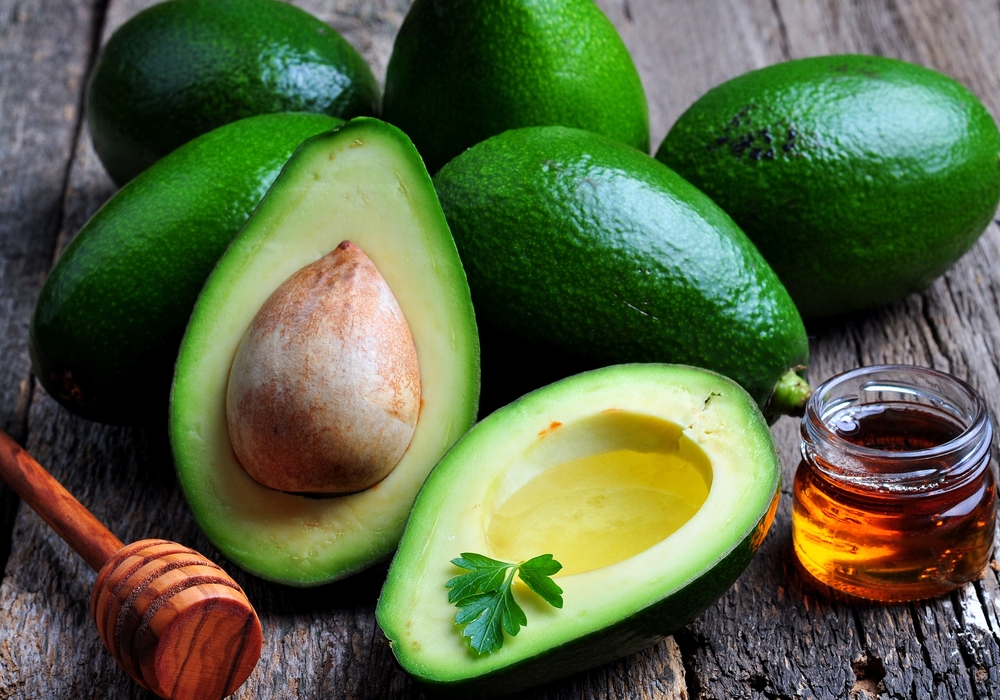
Avocados contain persin, which can cause vomiting and diarrhea in dogs. While the fruit is not highly toxic, the pit can pose a choking hazard or cause an intestinal blockage. Birds and small mammals are highly sensitive to avocado toxicity.
Macadamia Nuts
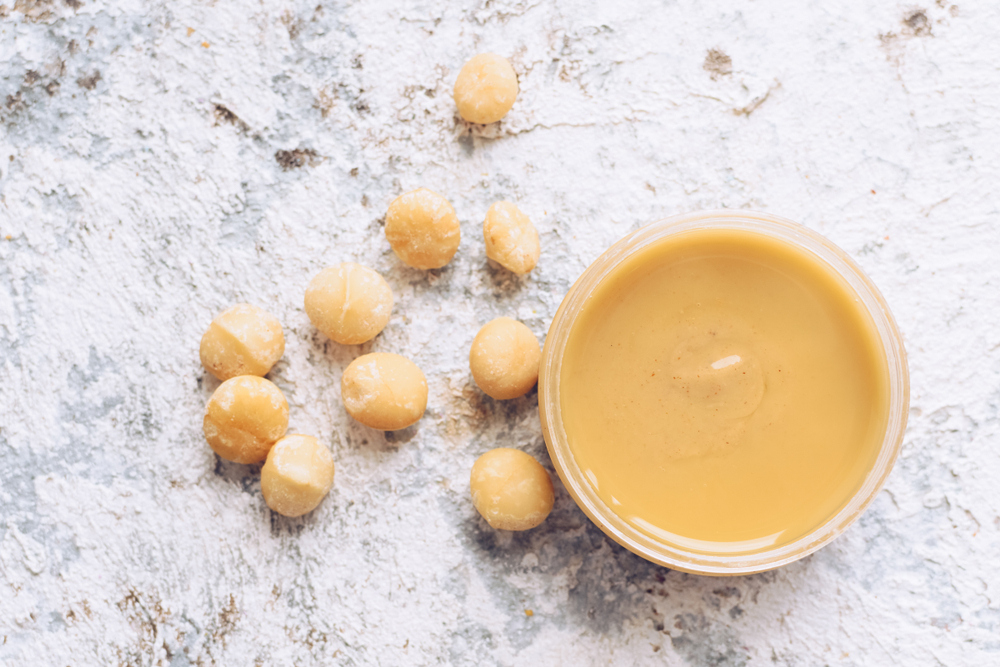
Macadamia nuts can cause weakness, vomiting, tremors, and hyperthermia in dogs. The exact toxin is unknown, but even small amounts can lead to severe symptoms. Always keep macadamia nuts out of your pet’s reach.
Alcohol

Alcohol, even in small amounts, can be deadly to pets. It affects the central nervous system, causing vomiting, diarrhea, decreased coordination, difficulty breathing, tremors, and in severe cases, coma or death. Be cautious with foods and drinks containing alcohol.
Caffeine

Caffeine is a stimulant found in coffee, tea, soda, and energy drinks. Pets are more sensitive to caffeine than humans, and ingestion can cause restlessness, rapid breathing, heart palpitations, muscle tremors, and seizures.
Xylitol
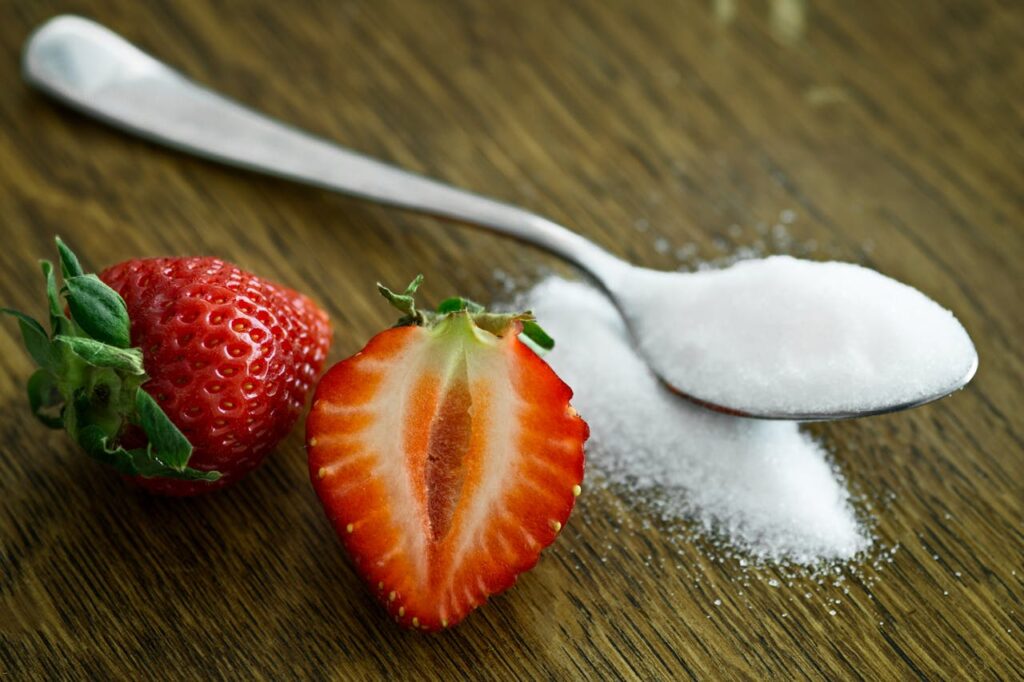
Xylitol is an artificial sweetener found in sugar-free gum, candies, and baked goods. It causes a rapid release of insulin in dogs, leading to hypoglycemia (low blood sugar). Symptoms include vomiting, loss of coordination, seizures, and liver failure.
Cherries
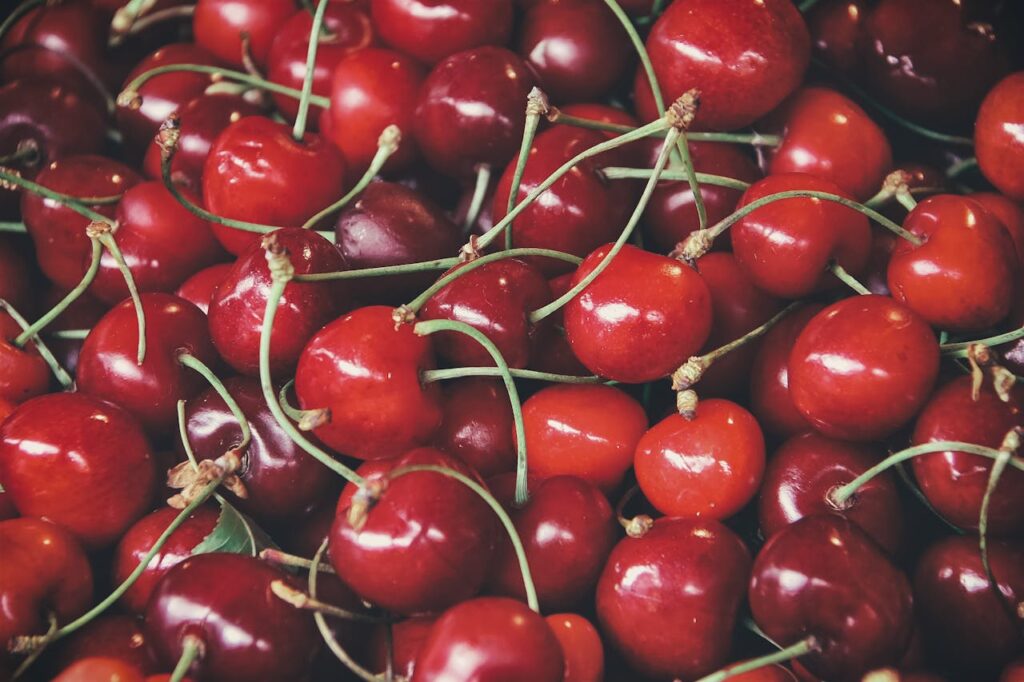
Cherries contain cyanogenic glycosides, which can lead to cyanide poisoning in pets. Symptoms include difficulty breathing, dilated pupils, red gums, and potentially shock or death. The pits also pose a choking hazard and can cause intestinal blockages.
Raw Dough

Raw dough containing yeast can expand in a pet’s stomach, causing severe abdominal pain and bloating. Additionally, yeast produces alcohol as it ferments, leading to alcohol poisoning. Always keep raw dough out of reach from pets.
Mushrooms

Certain wild mushrooms can be highly toxic to pets, causing a range of symptoms from gastrointestinal upset to organ failure and death. Store-bought mushrooms are generally safe, but it’s best to avoid feeding any mushrooms to pets due to difficulty in identifying toxic varieties.
Apple Seeds
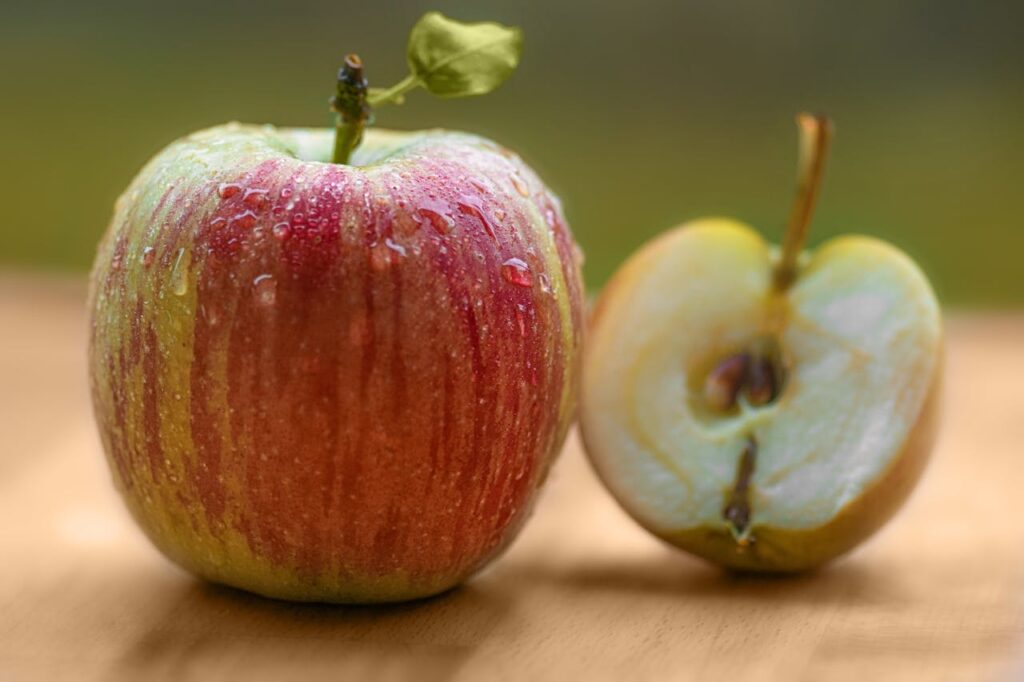
Apple seeds contain cyanogenic glycosides, which can release cyanide when ingested. While a few seeds might not cause harm, larger quantities can be toxic. It’s best to remove seeds before offering apples to pets.
Tomato Plants
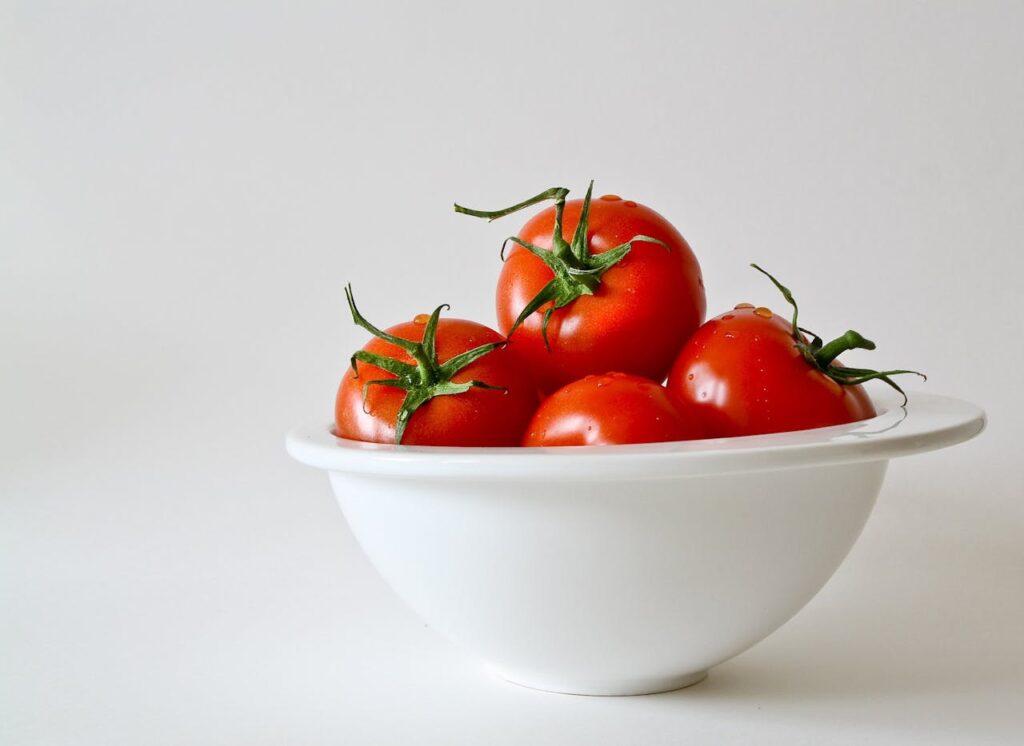
While ripe tomatoes are generally safe, the green parts of the tomato plant contain solanine, which is toxic to pets. Ingesting tomato plants can cause gastrointestinal upset, lethargy, weakness, and confusion.
Raw Meat and Fish

Raw meat and fish can contain harmful bacteria like Salmonella and E. coli, leading to food poisoning in pets. Additionally, raw fish can contain parasites and enzymes that deplete thiamine (a B vitamin), causing neurological problems.
Salt
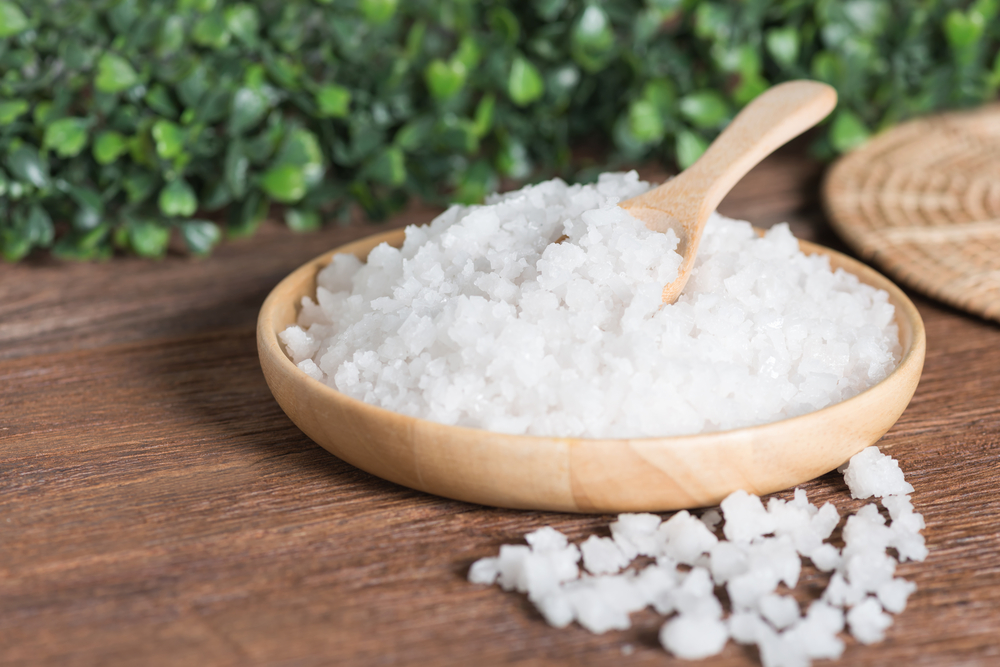
Excessive salt intake can lead to sodium ion poisoning in pets. Symptoms include vomiting, diarrhea, tremors, high temperature, and seizures. In severe cases, it can cause death. Be cautious with salty snacks and food items.
Nuts
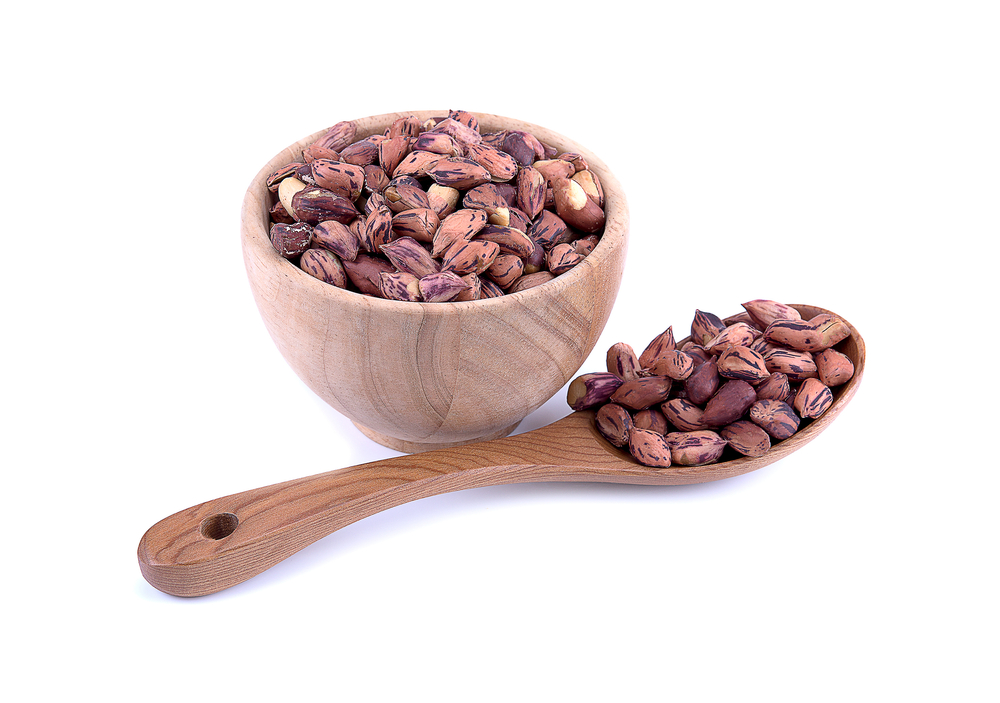
Many nuts, including walnuts and pecans, can cause gastrointestinal upset and pancreatitis in pets. Additionally, certain nuts like macadamia nuts are highly toxic to dogs. Avoid giving any nuts to pets to prevent potential health issues.
Nutmeg
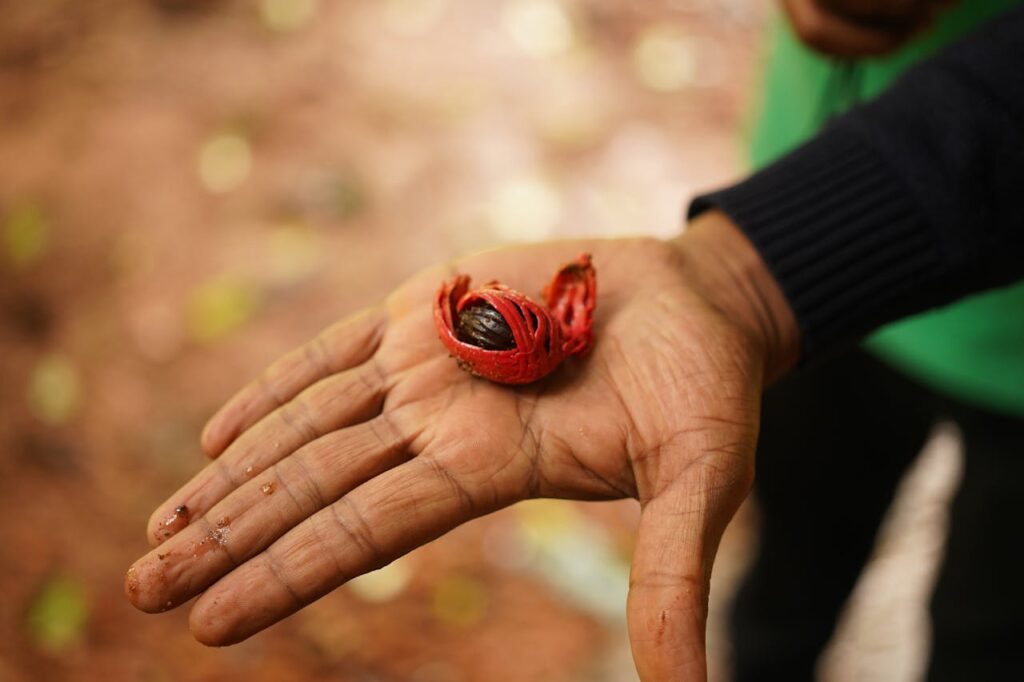
Nutmeg contains myristicin, which can cause hallucinations, increased heart rate, disorientation, abdominal pain, and seizures in pets. Even small amounts of nutmeg can be harmful, so keep it out of reach.
Citrus Fruits
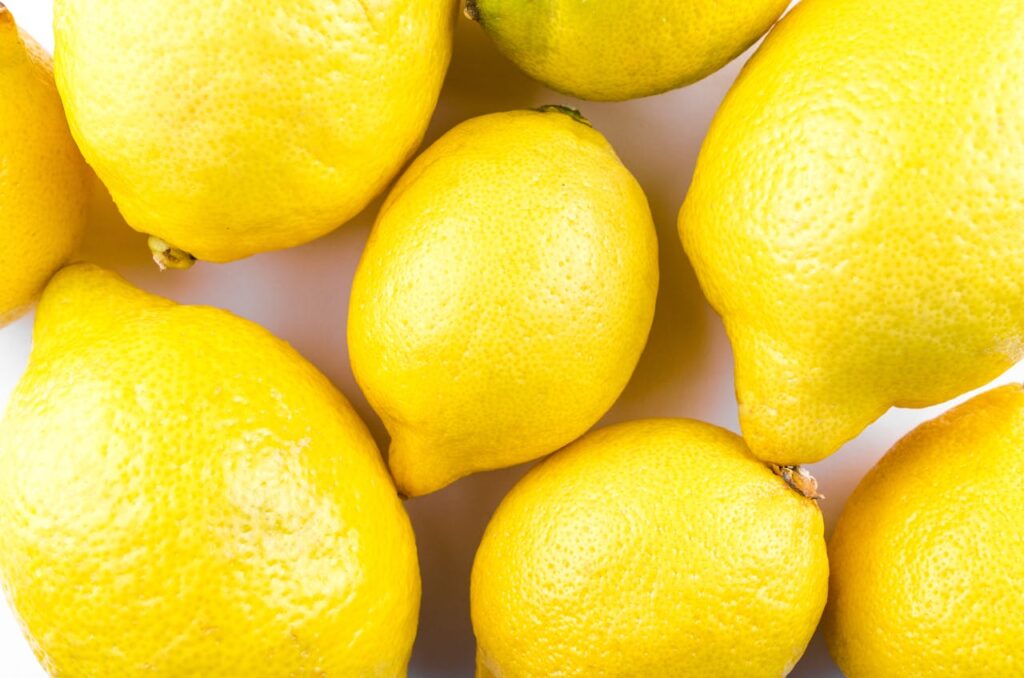
Citrus fruits like lemons, limes, and oranges contain citric acid and essential oils that can cause gastrointestinal upset in pets. In large amounts, they can lead to central nervous system depression. Avoid giving citrus fruits to pets.
Raw Eggs

Raw eggs can contain Salmonella or E. coli, leading to food poisoning in pets. Additionally, the enzyme avidin in raw egg whites can interfere with the absorption of biotin (a B vitamin), causing skin and coat problems.
Bones

Cooked bones can splinter and cause choking, blockages, or tears in a pet’s digestive tract. Even raw bones pose risks of bacterial contamination and dental fractures. It’s best to avoid giving bones to pets and opt for safer chew toys instead.
This article originally appeared on UnifyCosmos.
More from UnifyCosmos
20 Indigenous Fruits and Creative Ways to Cook with Them
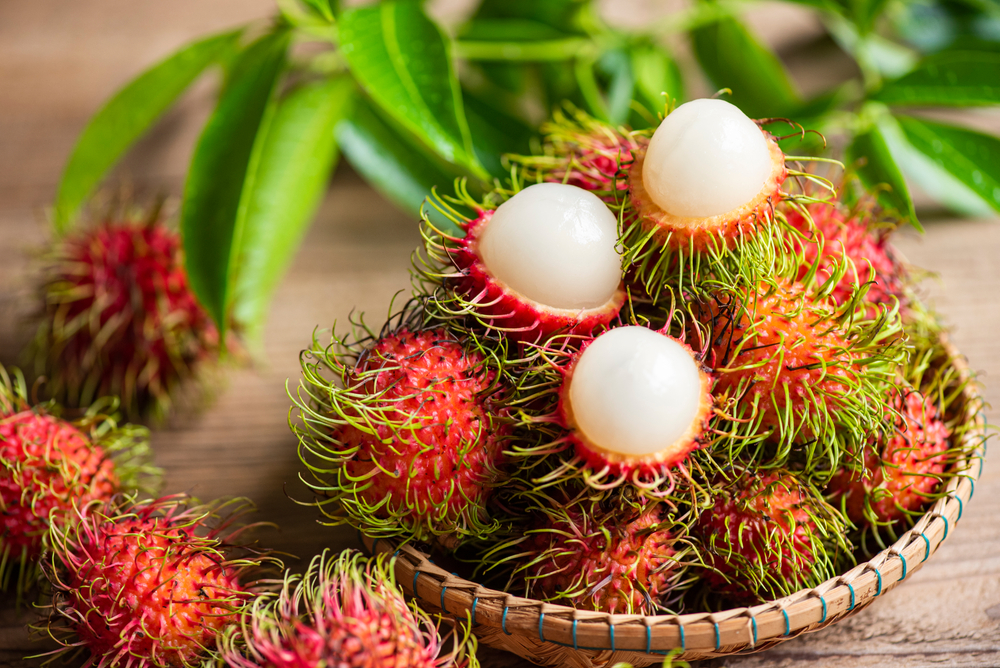
In this article, we’ll explore a selection of indigenous fruits and share creative ways to incorporate them into your dishes, bringing a fresh and authentic touch to your culinary creations. Read more!
22 Natural Remedies for Clear Skin
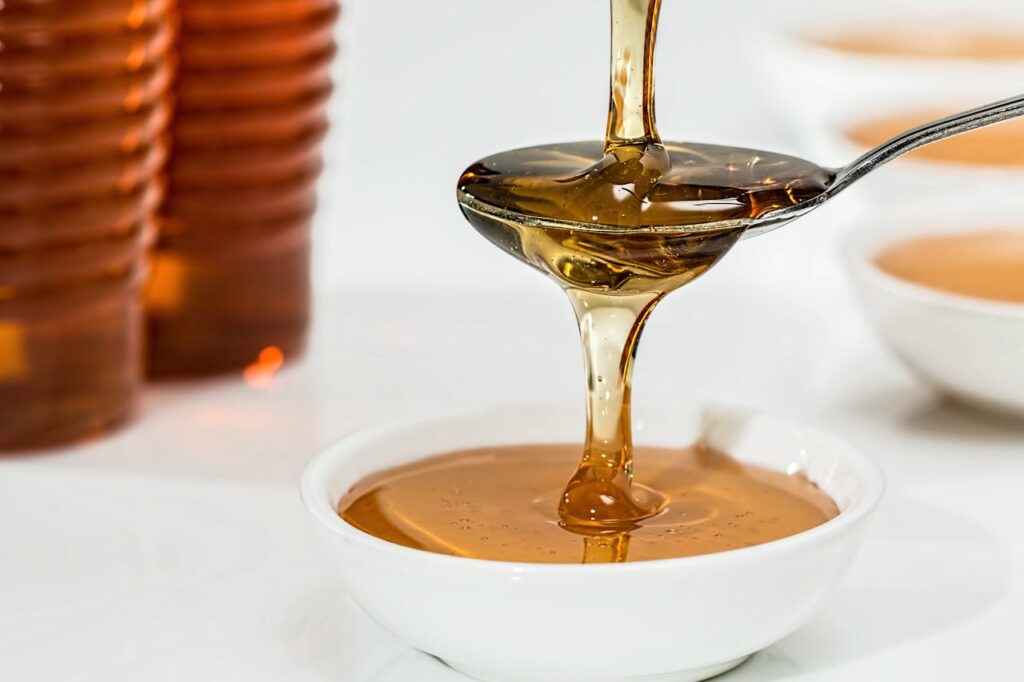
From soothing aloe vera to nourishing honey, these natural solutions can address common skin concerns. Discover how simple ingredients can promote clear, radiant skin without harsh chemicals. Read more!
20 Dieting Mistakes That Can Sabotage Your Health
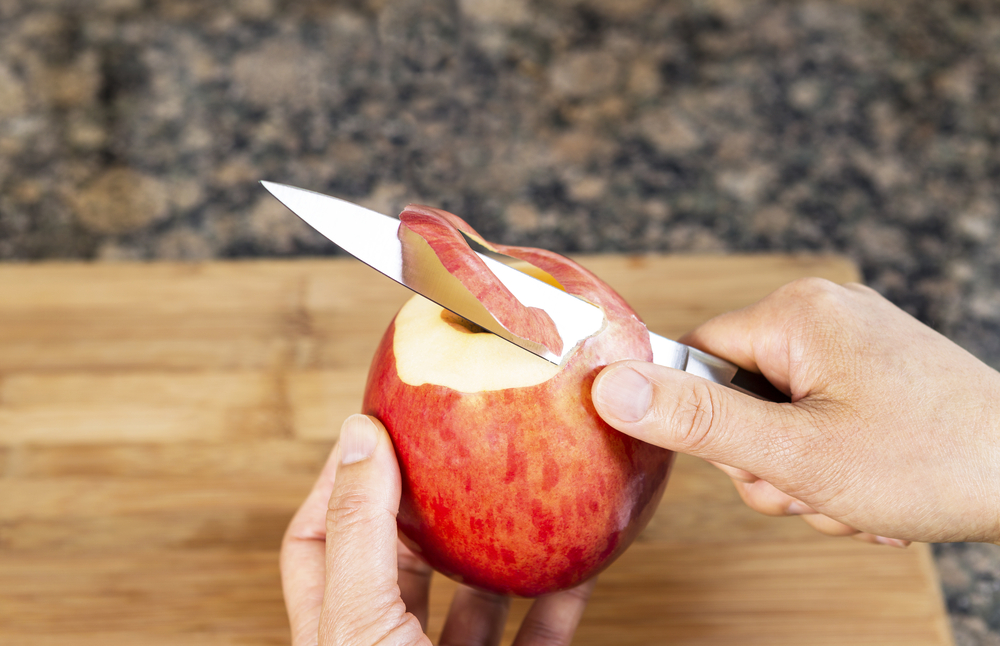
In this article, we’ll explore some of the most common dieting mistakes that can sabotage your health and provide tips on how to avoid them. Understanding these pitfalls is essential for achieving your wellness goals safely and effectively. Read more!
Leave a Reply